What Is USB-C? Everything You Need to Know
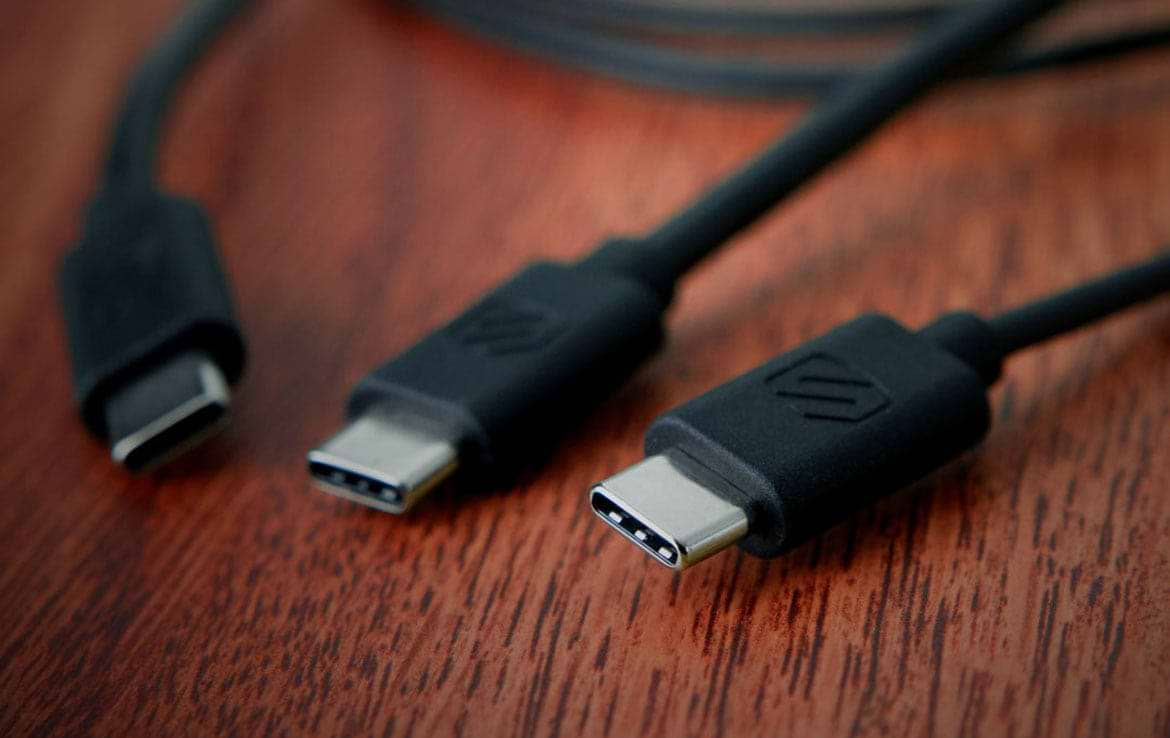
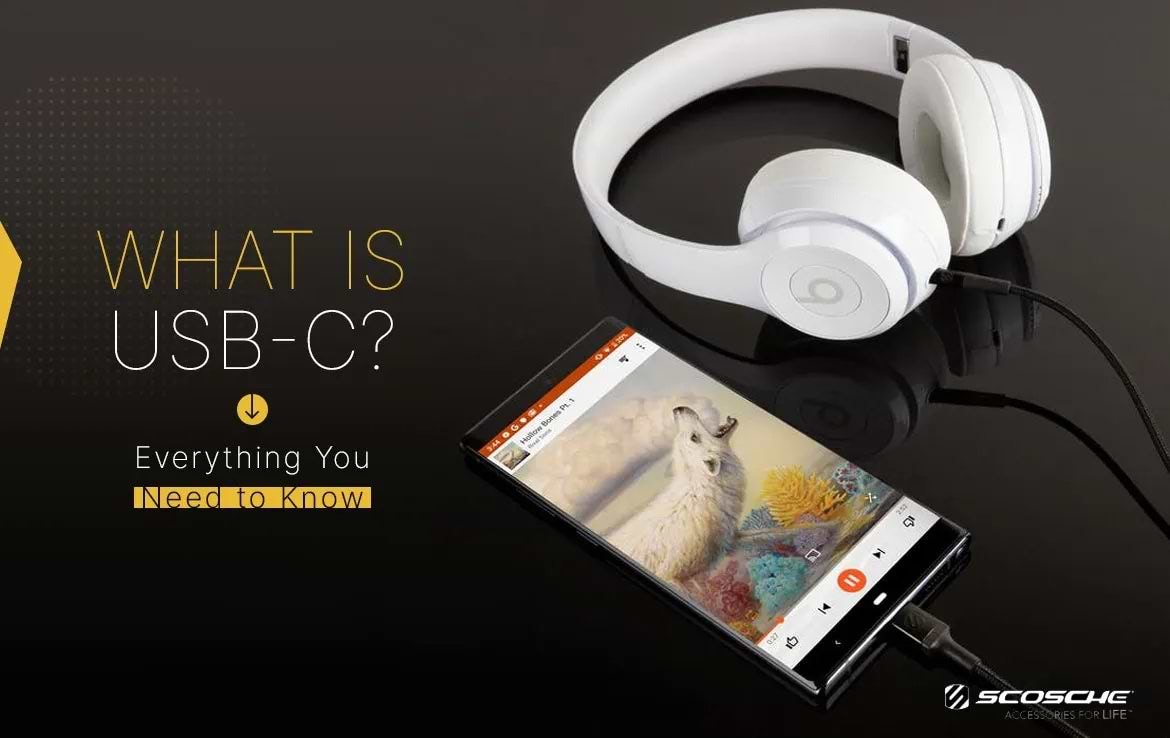

The USB-C connector is the next generation of universal device connectivity — and not only is it already here to stay, it’ll become the dominant USB technology, worldwide, over the next few years. The world’s transition to this smaller, more rounded connector is getting faster, which is what your device’s data and charging speeds will do, too!
USB-C has actually been around for a while and has a ton of awesome and proven benefits that will make your daily digital life faster, simpler and more efficient. This guide will help you to understand the origins, development and use of USB-C to power, sync and charge your devices.
Top 5 Benefits of USB-C
What are the practical benefits that make USB-C such a big deal? What features make it superior to the old USB-A technology that most of us know? Let’s look at five of the major advantages of USB-C that you might want to utilize.
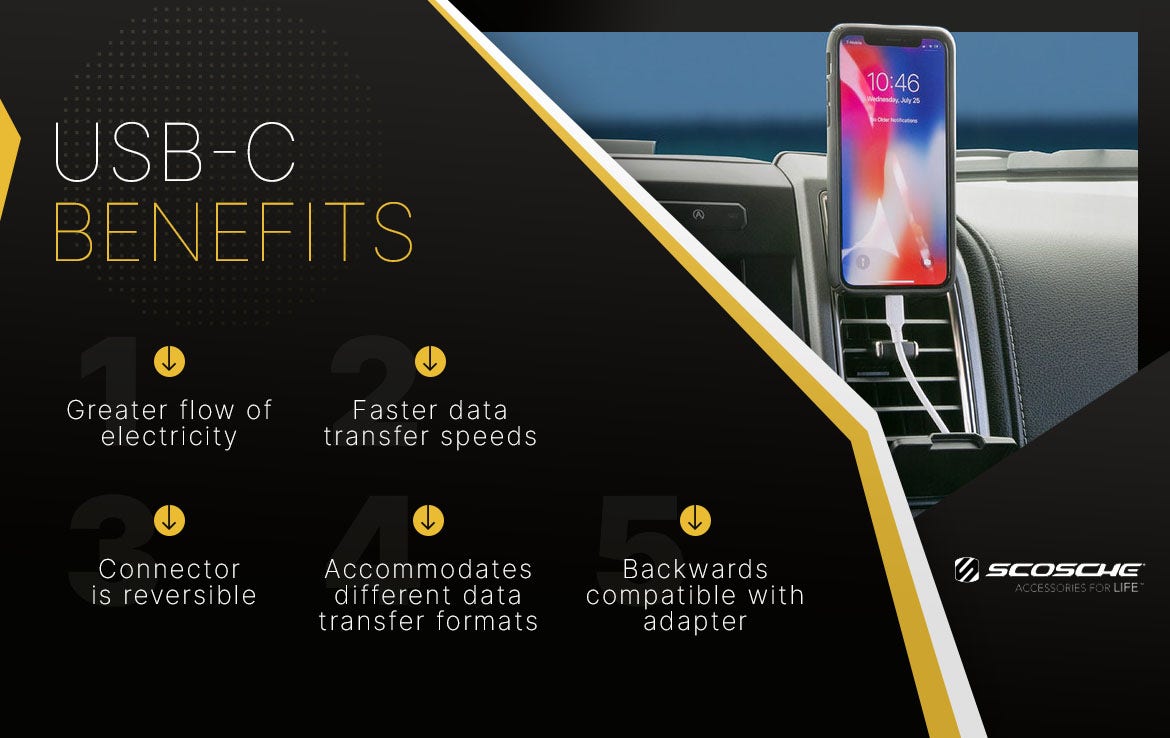

- Thanks to its Power Delivery technology, USB-C can handle a much greater flow of electricity — up to 100 watts of power. That means that USB-C can charge your compatible devices much more quickly than USB-A chargers. It can also power much bigger batteries than USB-A, which is why it’s now a common technology for laptop charger ports, too.
- USB-C supports much faster data transfer speeds. The cutting-edge USB 4 protocol, which uses USB-C connectors, can get up to 40 gbps data transfer speeds — enough to move a whole library of bulky media files in seconds or minutes. This is important for a lot of reasons, whether it’s for an average user who wants to transfer their media library to a new device, or a digital artist who needs to move hundreds of gigs of design files and animation renders onto their external backup.
- The USB-C connector is reversible, which means no more cursing and fumbling as you try to fit the connector in the right way. It has no “upside-down,” or “wrong-way-round.” While this might not be the most revolutionary difference, it’s definitely one that you’ll appreciate every time you plug in your devices.
- USB-C can accommodate a huge range of different data transfer formats, including things like HDMI and Ethernet. In practical terms, that means that you can do things like connecting a display to your laptop via a USB-C to HDMI cable — something that you’d need an entire extra adapter for with USB-A.
- While the USB-C and USB-A connectors aren’t directly compatible with each other, they are backwards compatible through the use of an adapter. With a USB-A to USB-C adapter cord, you can still transfer files between devices at the speed of the slower connection.
The Evolution of the USB Standard
Back when digital technology started to take off in the mid-90s, computers used cumbersome serial or parallel ports to connect to devices like printers and fax machines. Then, in 1996, an organization of tech manufacturers called the USB Implementers Forum (USB-IF) introduced the Universal Serial Bus 1.0 standard, giving us the USB technologies we know and love today.


USB’s biggest advantage was that it created near-universal compatibility among devices. Thanks to its wide base of support within the tech industry, the USB standard became the foundation for a lot of different innovations that we take for granted today. From charging our phones via our laptops to transferring files between a camera and a computer, USB has made a lot of awesome things possible. But there’s even greater innovations on the horizon!
Meet the Cool New Guy: What Is USB-C?
USB-C is the next-gen universal connector and standard that’s already started its takeover. These small connectors are about the same size as the micro USB connector that’s common on older Android devices, but they’re built to replace both micro USB connectors and traditional USB-A connectors.
Every aspect of the USB-C connector is a technological leap past earlier USB technologies. We’ve already mentioned some of the biggest advantages, including huge upgrades in data and charging speeds, but the big picture is even more impressive. USB-C has widespread support from every major tech manufacturer — even Apple, which has introduced the ports in most of its electronic devices except for the iPhone.
USB-C could also greatly influence our ability to reduce electronic waste in our lives and in our landfills. As people buy and discard chargers and cords over the years, they generate large amounts of e-waste, not to mention a sea of obsolete chargers that often clutter our homes, offices and cars. USB-C is a big step toward reducing e-waste, thanks to its universal connectivity, its versatile ability to replace multiple power cords and its long-term future relevance in the tech world.


Get the USB-C Cable That Actually Lasts
Understanding USB Standards
It’s easy to tell the difference between USB-A and USB-C when it comes to hardware, connectors and charging cables. But the USB standard itself, the data transfer protocol that allows USB devices to “talk” to each other and transfer data and power, also gets periodic updates from the USB Implementers Forum. It’s important to know how these can affect your devices.
The Implementers Forum has already updated the USB-A standard several times. USB 1.0 made room for USB 2.0 in 2000, which was in turn replaced by USB 3.0 in 2008. Since then, multiple updated standards like USB 3.1 and USB 3.2 have given consumers steady improvements in speed and efficiency.
Even USB-C has already gotten its standards updated more than once. The USB 3.2 standard has received the confusingly named Gen 1, Gen 2 and Gen 2x2 updates. Gen 1 and 2 are compatible with both USB-A and USB-C connectors, but Gen 2x2 is only compatible with USB-C.
The latest and greatest standard is USB 4, which started rolling out in 2020 and will continue to become more common throughout 2021 and 2022. It’s also compatible only with USB-C connectors, so once USB 4 becomes widespread, we can expect to see the transition to USB-C hardware accelerate even more.
Powering Up with USB-C Power Delivery
USB-C Power Delivery is a crucial part of the USB-C standard that you need to understand. Power Delivery (PD) is what allows USB-C to reach its full capacity for ultra-fast charging and data transfer. Almost all of today’s phone, tablet and laptop models support Power Delivery, which gives them their fast charging capabilities.
PD offers a dramatic boost in charging speed. Depending on your phone model, a USB-C charger with PD could take your device from 0 to 80 percent charged when a non-PD charger has only managed to move the needle to 30 percent. The PD protocol even includes support for a technology called programmable power supply (PPS), which allows some devices’ batteries to charge on a gentler, cooler cycle that can increase the battery’s lifespan.
Unfortunately, it’s not always easy to figure out whether you're using a compatible PD charger and charging cable.That’s because the current landscape of USB-C devices is much less streamlined than it could be. The different USB-C standards make it tough to accurately predict your charging and data speeds unless you know the exact specs of your USB-C hardware, and the quality of individual cables can affect it, too.


Fortunately, Scosche makes it easy with a wide selection of fully PD compliant USB-C chargers and USB-C cables. Our USB-C models are designed to be easy to use and compatible with all of today’s common phones. In fact, we’ve got a whole guide to Power Delivery technology that will help you find exactly the right USB-C charger for you and your devices.
USB-A: Still Relevant
Here’s the good news for all of your USB-A devices: Like the transition from VHS to DVD or from DVD to Blu-Ray, the transition to USB-C as the dominant standard won’t happen all at once. USB-A connectors will continue to be relevant for some time.
The USB-A technology has become so ubiquitous that it will take several years, and probably at least one more generation of mobile and computer technology, before USB-C reigns supreme. Furthermore, while some older USB standards have become what’s known as deprecated standards — meaning they’re no longer manufactured or supported — it’s not clear when, or even if, USB-A will actually join this category.
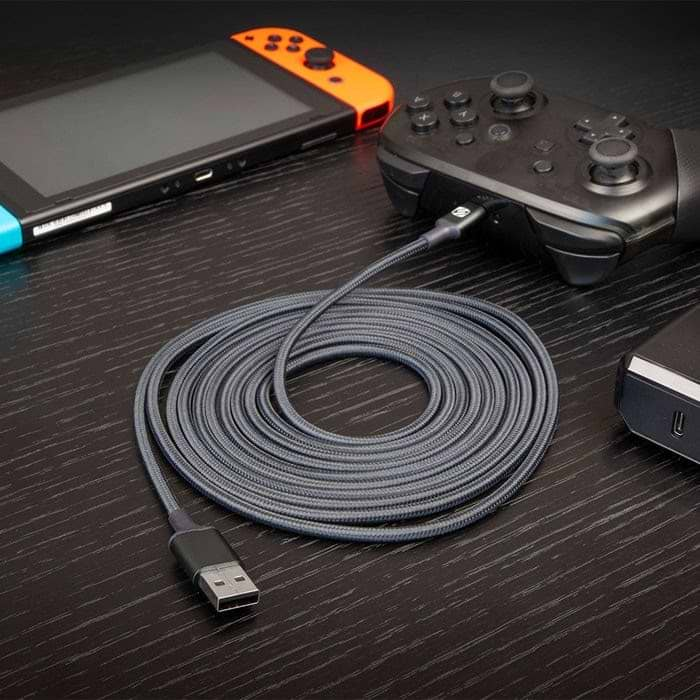

USB-C: ...But the Future Is Now
Eventually, the tech world will change over fully to USB-C connectors. As we discussed, USB-C offers real advantages in data transfer, charging speeds and ease of use. USB-C and PD will be important in developing the tech of the future that charges faster, transfers data more efficiently and gives us more options for when, how and where we use it.
In fact, the USB-C transition is already underway in many areas. Mobile device charging is the most obvious one. Almost all current-generation tablets and Android phones have transitioned to USB-C. Most newer laptops also include at least one USB-C port, and some, like the MacBook Air, have already phased out USB-A ports completely.
Thus, when it comes to choosing chargers and accessories for your devices, it’s a good idea to buy with an eye toward the future of a fully USB-C world. Don’t worry, though — Scosche is ahead of the curve with a full selection of USB-C cables, chargers and adapters.
USB-C Chargers and More for Your Mobile Lifestyle
When technologies change and evolve, Scosche is always ready with accessories to keep your device charged, connected and ready. Want to see what the new world of USB-C looks like? Feast your eyes on some of our top-selling USB-C accessories:
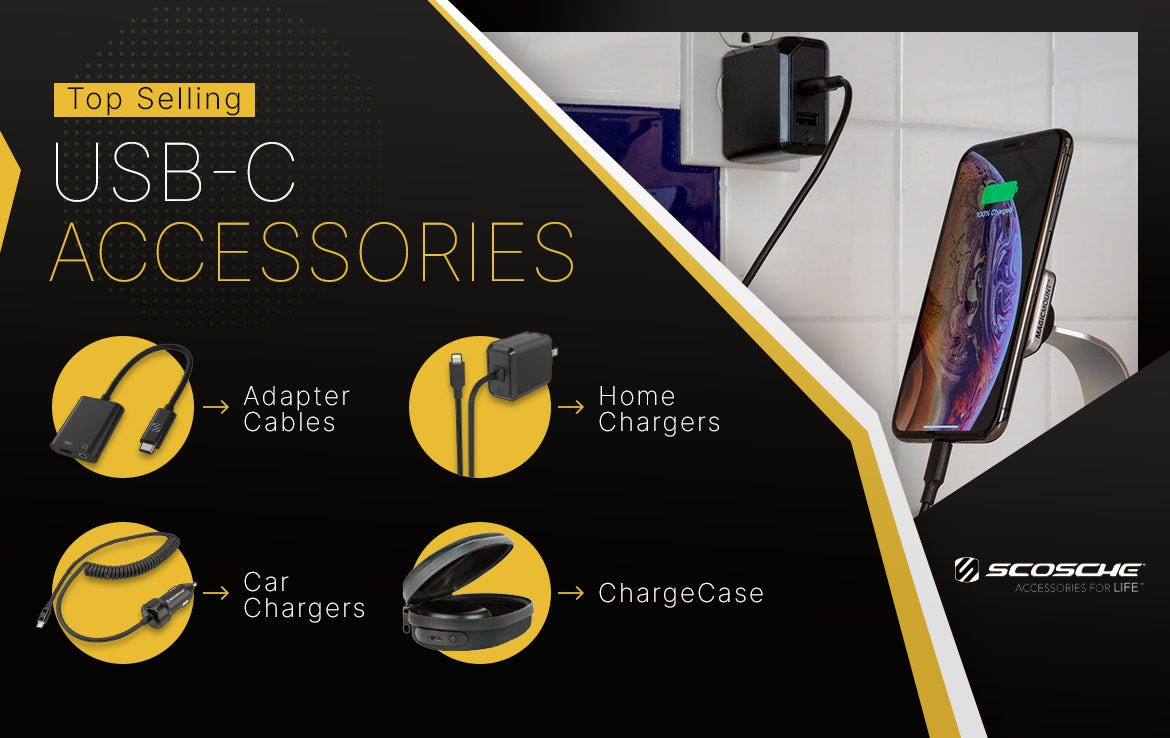

- USB-C Charging Cables: Forget those cheap gas station cables — our StrikeLine™ USB-C charging cables are made tough for life.
- USB-C Adapter Cables: Effortlessly link your USB-C device to any other type of connector, including an Apple Lightning® or USB-A.
- PowerVolt™ Home Chargers: Need a fast charger that’s built to last? Our PowerVolt™ line of home/office chargers is built to offer the fastest and most reliable speeds for USB-C charging.
- PowerVolt™ Car Chargers: Take your USB-C speeds on the go with PowerVolt™ car chargers, conveniently designed to plug right into your vehicle’s power socket.
- ChargeCase: Protect your phone on the go, and get it charged at the same time. The ChargeCase includes an adapter cable with USB-A to USB-C so you can charge your USB-C device whenever and wherever It suits you.
Upgrade to a Tougher Breed of USB-C Adapter
Image Credits
vectorwin/Shutterstock.com
JoyImage/Shutterstock.com